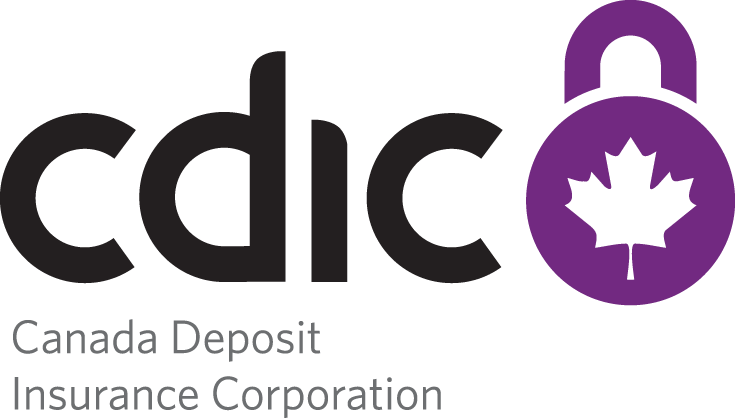Resolution coordination

Domestic coordination
CDIC works with its safety net partners and other stakeholders to strengthen collaboration and planning, so that we are ready in the event of a failure of any of our member institutions.
Canada’s financial safety net is made up of five federal government organizations: CDIC, the Department of Finance, the Office of the Superintendent of Financial Institutions (OSFI), the Bank of Canada (BoC) and the Financial Consumer Agency of Canada (FCAC). The heads of these safety net agencies sit on CDIC’s Board of Directors.
CDIC and OSFI have developed a Guide to Intervention for Federally Regulated Deposit-Taking Institutions.
International coordination
Many of Canada’s largest banks also have significant foreign operations. In fact, the Royal Bank of Canada is considered a global systemically important bank. CDIC maintains memoranda of understanding with the resolution authorities of several other jurisdictions, including the US and the EU, to facilitate cross-border resolution should the need arise. CDIC’s mandate focuses on the Canadian financial system and deposits payable in Canada. CDIC would not directly resolve the foreign operations of a Canadian bank. However, given the interconnectedness of our largest banks, CDIC would work in close cooperation with foreign resolution authorities.
CDIC works closely with its foreign counterparts via the International Association of Deposit Insurers by contributing to the development of best practices.
CDIC is also actively involved in the Financial Stability Board (FSB) which sets out the responsibilities and powers that countries should have in place to resolve these large complex banks. Known as the Key Attributes of Effective Resolution Regimes for Financial Institutions, these have been endorsed by Canada and other G-20 countries. Canada’s approach to resolution is aligned with the FSB Key Attributes.
